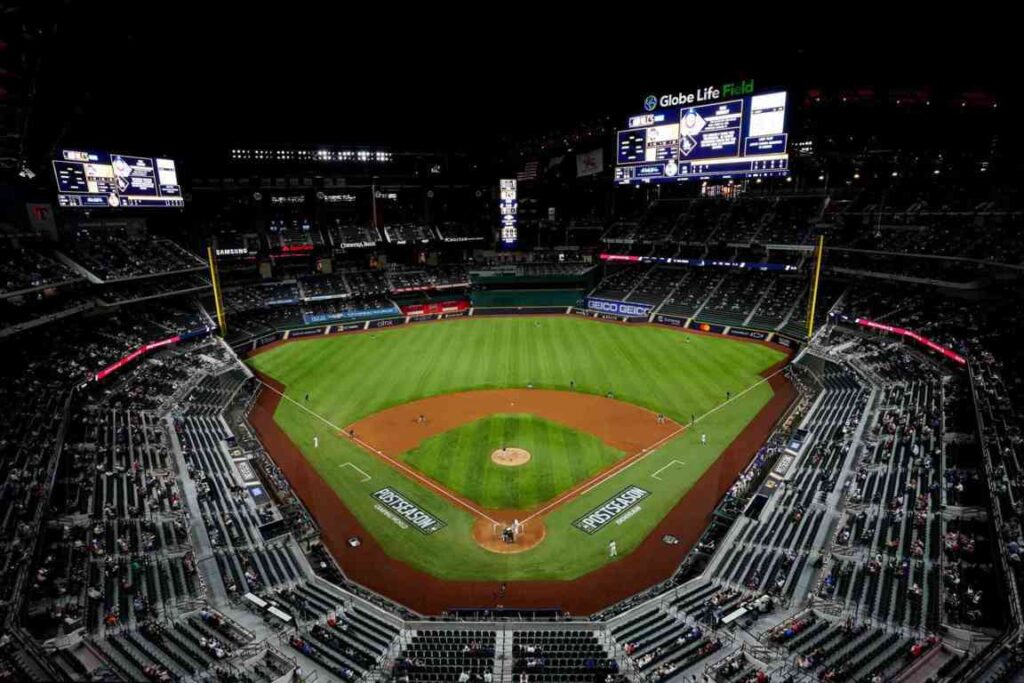College baseball is one of the most popular sports in the United States, played by teams from universities and colleges. For fans and players alike, understanding the basic structure of the game is essential, especially when it comes to how many innings in college baseball a game consists of. In college baseball, a standard game consists of nine innings, each divided into two halves. Let’s take a closer look at how the game works and the significance of innings in college baseball.
The Standard Structure of College Baseball Games
A standard college baseball game is made up of nine innings. Each inning is split into two parts:
- Top of the inning: The visiting team bats.
- Bottom of the inning: The home team bats.
In each half-inning, a team has three outs, giving both teams an equal opportunity to bat and field. The team with the most runs at the end of nine innings wins the game.
Why Nine Innings?
The nine-inning game format has been the standard for college baseball for many years. It strikes a good balance between giving both teams enough time to compete while maintaining a reasonable game length. The nine innings allow teams to show off their skills in a fair and competitive manner, ensuring both offense and defense have a chance to shine.
Time and Duration of a College Baseball Game
Unlike some sports that have a time limit, college baseball games do not have a set duration. The game continues for the full nine innings, unless it is tied at the end of the regular innings. In this case, the game moves into extra innings to determine a winner.
However, there are cases, especially in certain tournaments or doubleheaders, where games may be played in a shortened format of seven innings. This helps manage time and allows more games to be played in a single day.
Extra Innings: What Happens if the Game is Tied?
If a college baseball game is tied after the regulation nine innings, the game enters extra innings. Extra innings follow the same format as the regular innings, with both teams getting three outs per half-inning. The game continues until one team has scored more runs at the end of an inning, thus securing the win.
In some cases, particularly in tournament play, rules such as placing a runner on second base in extra innings are used to speed up the game and encourage quicker decisions. This rule is designed to increase the chances of a runner scoring, leading to a faster resolution.
The Importance of Nine Innings in College Baseball
The choice of nine innings in baseball has historical significance, dating back to the late 1800s. It became the standard format in professional and collegiate baseball in the early 20th century. Nine innings provide a fair amount of time for each team to compete, allowing for strategic play, momentum shifts, and key moments that can define the game.
This structure also allows fans to engage with the game over a manageable duration while still maintaining the competitive spirit. For both players and spectators, nine innings offer enough time for excitement and drama to unfold.
College Baseball Seasons and Formats
During the regular season, college baseball teams typically play a series of three-game sets over the weekend, often spanning from Friday to Sunday. These games are usually played in the full nine-inning format, giving each team a chance to strategize and execute their game plans.
In postseason tournaments, including the College World Series, the nine-inning format is generally maintained, but some variations might exist, particularly in how teams advance or how extra innings are handled to speed up play.
Conclusion
In college baseball, a standard game consists of nine innings, providing a fair and competitive structure for both teams. If the game is tied after the nine innings, it goes into extra innings to ensure a winner is determined. The nine-inning format has historical roots and continues to be a staple of the sport, balancing game length with excitement. Whether you’re a player or a fan, understanding how many innings in college baseball helps you appreciate the strategic depth and thrilling moments of the game.
FAQs About how many innings in college baseball
How many innings are in a standard college baseball game?
A standard college baseball game consists of nine innings, divided into two halves—top and bottom—where each team gets three outs per half.
After nine innings of a college baseball game, what happens if the score is tied?
If the score is tied after nine innings, the game continues into extra innings, following the same format until one team leads at the end of an inning.
Can college baseball games be shorter than nine innings?
Yes, some tournaments or special cases may have games played over seven innings to save time, but the standard length is nine innings.
Why are college baseball games nine innings long?
The nine-inning format has historical significance and ensures a fair and competitive balance between the teams.
Do college baseball games have a time limit?
College baseball games don’t have a strict time limit; they last for nine innings unless tied, leading to extra innings for a definitive winner.
Recommended Article:
Cathedrale Las Vegas: A Mediterranean Dining Experience
FC Dallas – Inter Miami: A Thrilling 4-3 Victory for FC Dallas
Benjamin Cremaschi: A Rising Star in American Soccer

